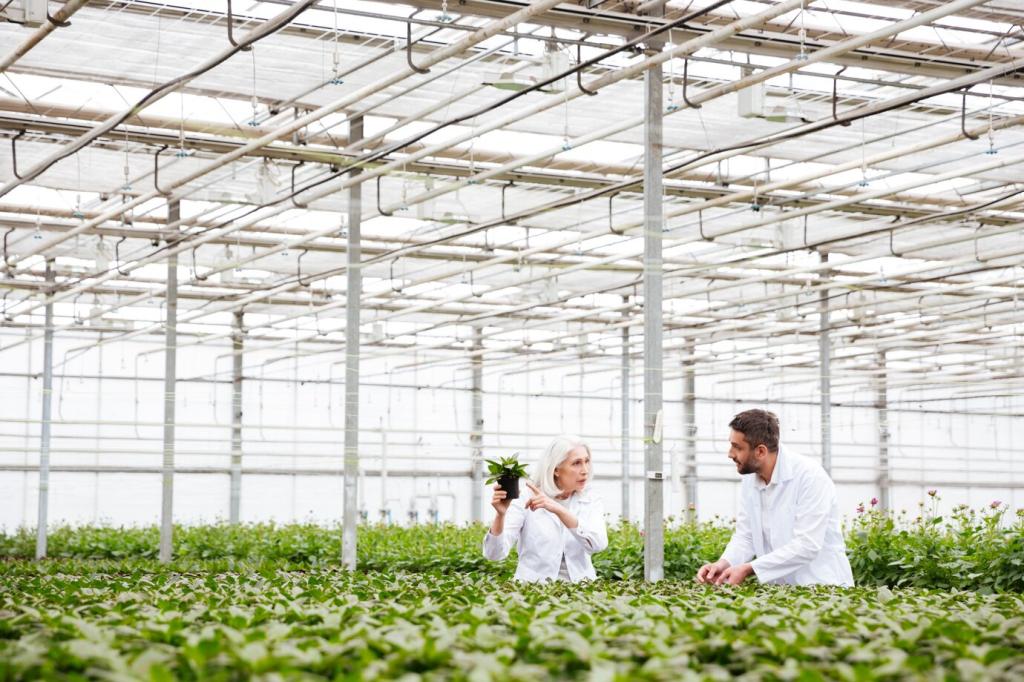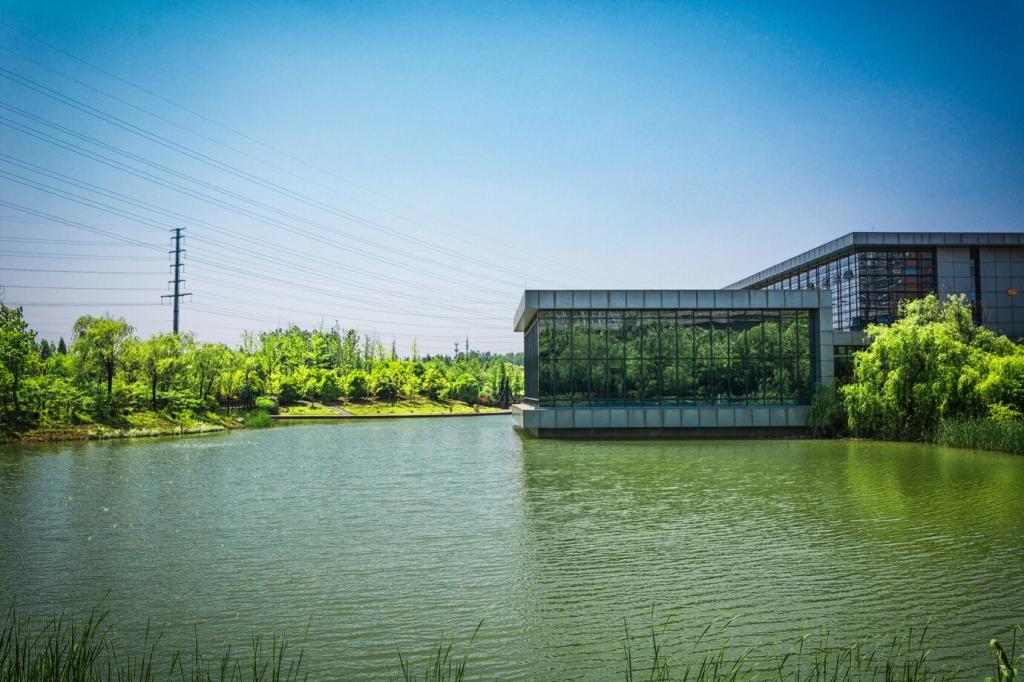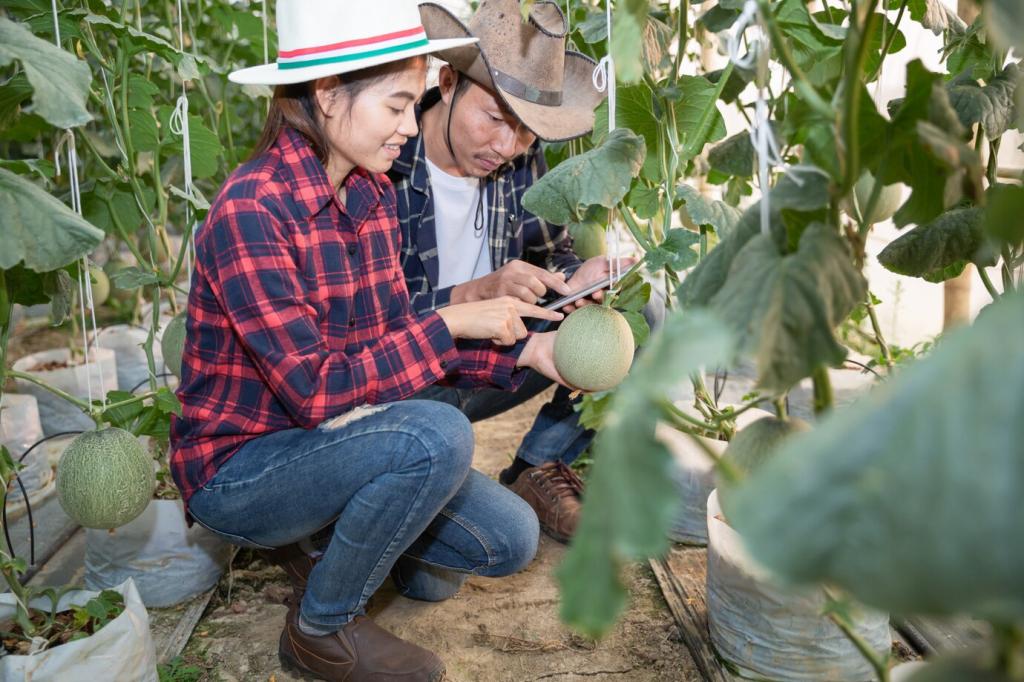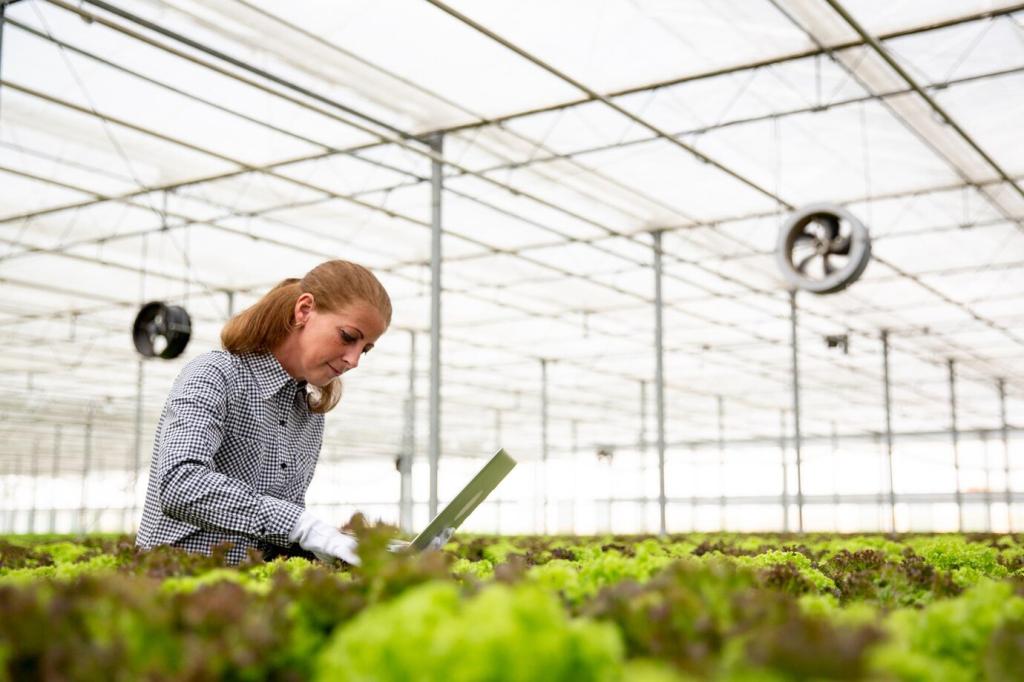This website uses cookies so that we can provide you with the best user experience possible. Cookie information is stored in your browser and performs functions such as recognising you when you return to our website and helping our team to understand which sections of the website you find most interesting and useful.
Urban vertical farming has emerged as a transformative solution in the quest for sustainable agriculture, addressing the challenges of limited land, rising urban populations, and climate change. Through the integration of advanced technologies, vertical farming systems maximize space and resource efficiency, producing high yields within city environments. This modern approach not only ensures fresher produce for urban dwellers but also minimizes the environmental footprint associated with traditional farming and long-distance transport. As technology progresses, urban vertical farms are continuously evolving, utilizing automated systems, artificial intelligence, and energy-efficient designs to further revolutionize food production. This page explores the latest innovations driving the growth and efficiency of urban vertical farming, highlighting the remarkable advancements reshaping how cities feed their populations.
Automation and Robotics in Vertical Farming

Advanced Lighting Solutions
Sensor-Driven Nutrient Delivery
Closed-Loop Water Recirculation

Predictive Growth Modeling
Smart Resource Optimization
Anomaly Detection and Problem Prevention
Sustainable Building Integration

Sustainable Energy Integration
Renewable Energy Utilization



